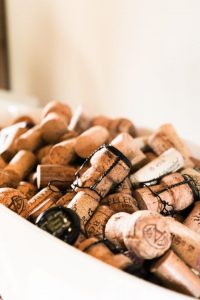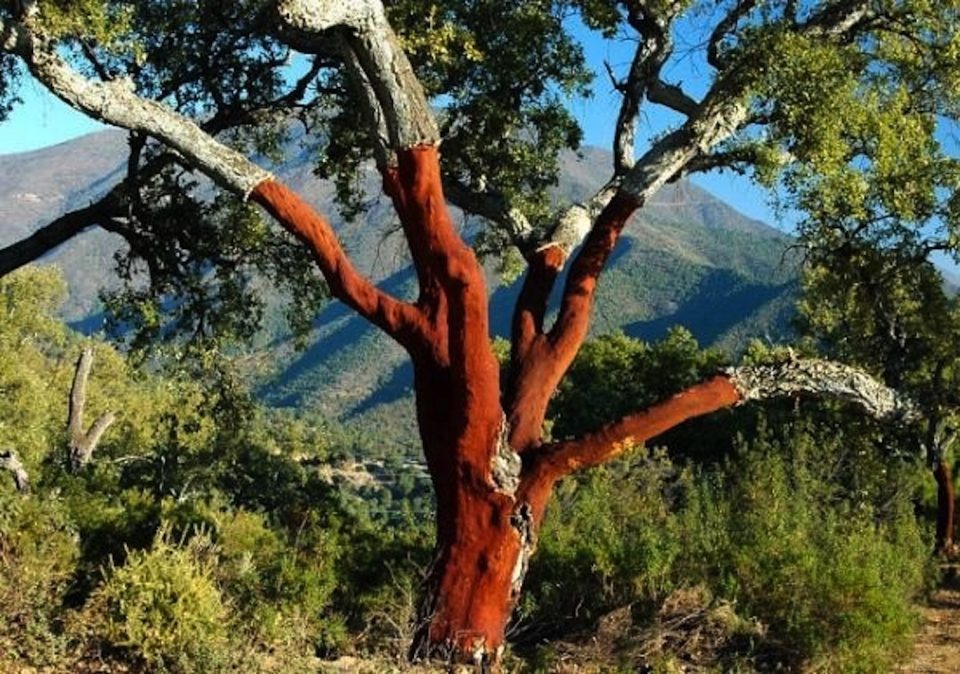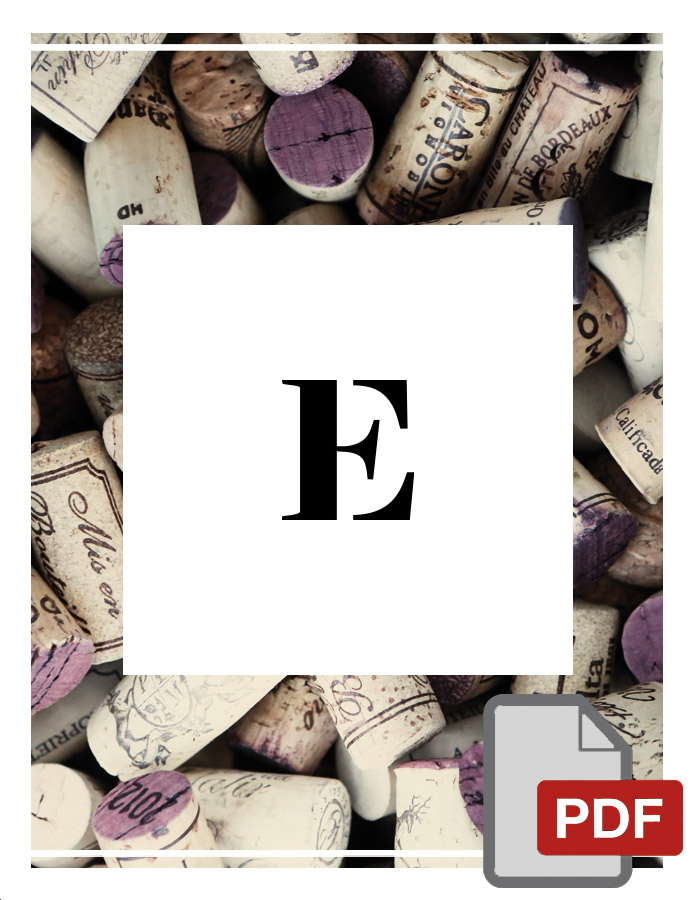Curiosity, Learning about wine
Corks – the choices of the wine producers
 Hello everyone! Today we talk about the corks; what they are made of and which are the choices of wine producers.
Hello everyone! Today we talk about the corks; what they are made of and which are the choices of wine producers.
What is cork?
The cork is an elastic material obtained from the bark of the cork tree, an evergreen that has a large and porous bark and small oval leaves. The cork tree is widespread in the western Mediterranean areas; more precisely in Portugal, Spain, Sardinia, Sicily, Maremma Grossetana, Corsia, southern France and North Africa. The extraction takes place only between early May and the end of August; in order to extract the cork, the plant must be at least between 25 and 30 years old and have a circumference of minimum 60 cm. As required by the regulations, the subsequent extraction takes place at least after 10 years.
Each wine has its own cork
We must point out that the cork determines the conservation of the wine as it prevents air from entering in the bottle. The winery selects the cork based on the wine type, the diameter of the bottle but also the pressure that the wine exerts on the cork itself. This pressure is evident in sparkling wine and champagne bottles where the half of the cork that protrudes takes on the classic “mushroom” shape due to the pressure present inside the bottle.
Agglomerated corks
The agglomerated corks are obtained from an agglomerate of cork and glue and can be used for all types of wine (still and sparkling).
Agglomerated cork with washers
We must also highlight the agglomerated cork with washers, also called Twintop or double-sided. It is made of shredded cork in the central part and by natural cork washers at the ends. Depending on the number of washers and their positioning, the cap is named as follows:
- 1+1 one washer is placed at one end and the other at the other end
- 0+1 when there is only one washer placed at one end only
- 0+2 two washers placed at the same end
Types 1 + 1 and 0 + 1 are used for still wines; the type 0 + 2 for sparkling wines.
New generation agglomerate cork
It is mainly composed of micro-granin and food binder and combines tradition with innovation because it can be effectively sterilized several times in order to almost completely eliminate the TCA (Trichloroanisole) molecule which is the main responsible for the cork odor.
The DIAM cork
We must mention the DIAM cork. Thanks to an exclusive patented process of “desaromatization”, Diam corks are odorless and tasteless; this means that they do not impact the organoleptic values of the wine. The production method ensures that all the corks have the same physical characteristics and this allows the wine producer a perfect bottling and a homogeneous aging.
Thanks to its qualities, DIAM has become a world leader; today it is used by more than 10,000 companies around the world.
Here are two interesting links. The first shows you the collection of cork, while the second explains how DIAM cork is produced
And now … uncork a nice bottle to find out if the manufacturer uses DIAM … which one? A red, a white or a sparkling wine? The choice is yours!
See you soon!
Ciao
Ilde





